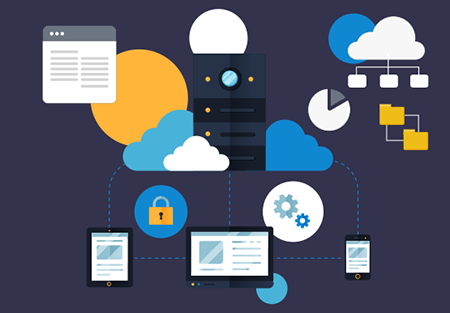Linux is an open-source Unix-based operating system developed by Linus Torvalds. It is the leading operating system on servers, mainframe systems, and smartphones. Did you know that Android is Linux-based as well? There are several ways to patch a Linux machine, and the best one is using a patch management software. So, what is patch management in Linux?
Patching is the process of applying codes to software that either fixes its bugs or upgrades it. What is patch management in Linux ,and how does it differ from other operating systems? Patching in Windows and Linux is a similar process. It only differs on the method because each operating system has its own file structure that dictates the interaction between programs and the system itself.
Linux doesn't have the same friendly graphical user interface that Windows and Mac have. Issuing system commands is possible through a terminal and thus requires technical expertise.
Here are examples of how to do patching in Linux:
sudo apt-get update //gets a list of available updates for a Debian-based Linux machine
yum check-update ///checks the available updates for Red Hat-based Linux machines

As you can see from the above example, the commands also depend on your Linux flavor or distribution.
What is patch management in Linux and do you need it? The general idea of patching applies to all kinds of operating systems. No application is perfect, so they have flaws or bugs that need fixing. A patch contains software fixes and other updates. Patching is necessary to prevent an attacker from exploiting software vulnerabilities. It stops previous attacks from recurring and enhances data security. You will learn more about what is patch management in Linux in the next section.
Choosing the Right Patch Management Software
Patching repairs the identified security flaws of an application after its release. Creating a bug fix or an update takes time and effort. During this period, an attacker will try to exploit these security holes. You must take the necessary precautions whenever your security is vulnerable.
Choosing the right patch management software for your needs is critical. Factors like user feedback, ratings, and reviews also affect your choice. The most important part is determining what features to look for.
Here are the essential features that a patch management software should have:
Cross Platform
It should be able to deploy patches for various operating systems like Linux, Mac, and Windows. A good patch management software should run on any environment. Compatibility with different operating systems is an important characteristic.
Endpoint Support
It should deploy patches for various endpoint devices like tablets, laptops, and smartphones. This is important because most people today bring their own devices for work.
Automation Capabilities
It must offer automation features to save time, money, and effort. The primary goal of an application is to simplify tasks for humans. Doing manual patching should only occur when the situation calls for it.
Customizable Reports
Your patch management software should give status reports on the latest patches. It should also offer various customization options to choose from.
The Benefits: Patch Management in Linux
You should also consider the benefits when selecting the right Linux patch management tool. Always think twice when investing in something so you don't have regrets later. Here are the benefits to consider when choosing a patch management software:
Complete Patch Sourcing
A patch management tool provides you with intelligence from the following sources:
- Microsoft Security Bulletin.
- Software Vendors.
- Common Vulnerabilities and Exposures (CVE).
- Automated Crawler Systems.
Automated System Discovery
A Linux patch management tool provides a real-time picture of your network. It automates the process of locating endpoints, as well as the discovery of missing and installed security patches.
Prioritization and Scheduling
The priority in patch deployment relies on the severity, vendor, and type. A patch management tool automates the scheduling of critical updates.
Efficient Deployment
A patch management tool can schedule the deployment by time, computer, and group.
Change Management
A Linux patch management tool tracks and reports the following:
- Endpoint patch policies.
- Network status changes.
- Applied and missing patches.
- Failed deployment attempts.
Review and Assessment
A patch management software tracks and patches each application on the network. This gives visibility into the global patch inventory. It also shows advanced network status and health reports.
Compliance
You can configure a patch management software to the schedule you set. This preserves consistency and compliance for the entire organization.
Testing
A Linux patch management tool can do extensive and deep testing. Running and testing the patches one by one or by bulk is possible.
Now you know what is patch management in Linux, its features, and the benefits. You are also aware of the importance of patch management in network security. If you need more information, please click here.